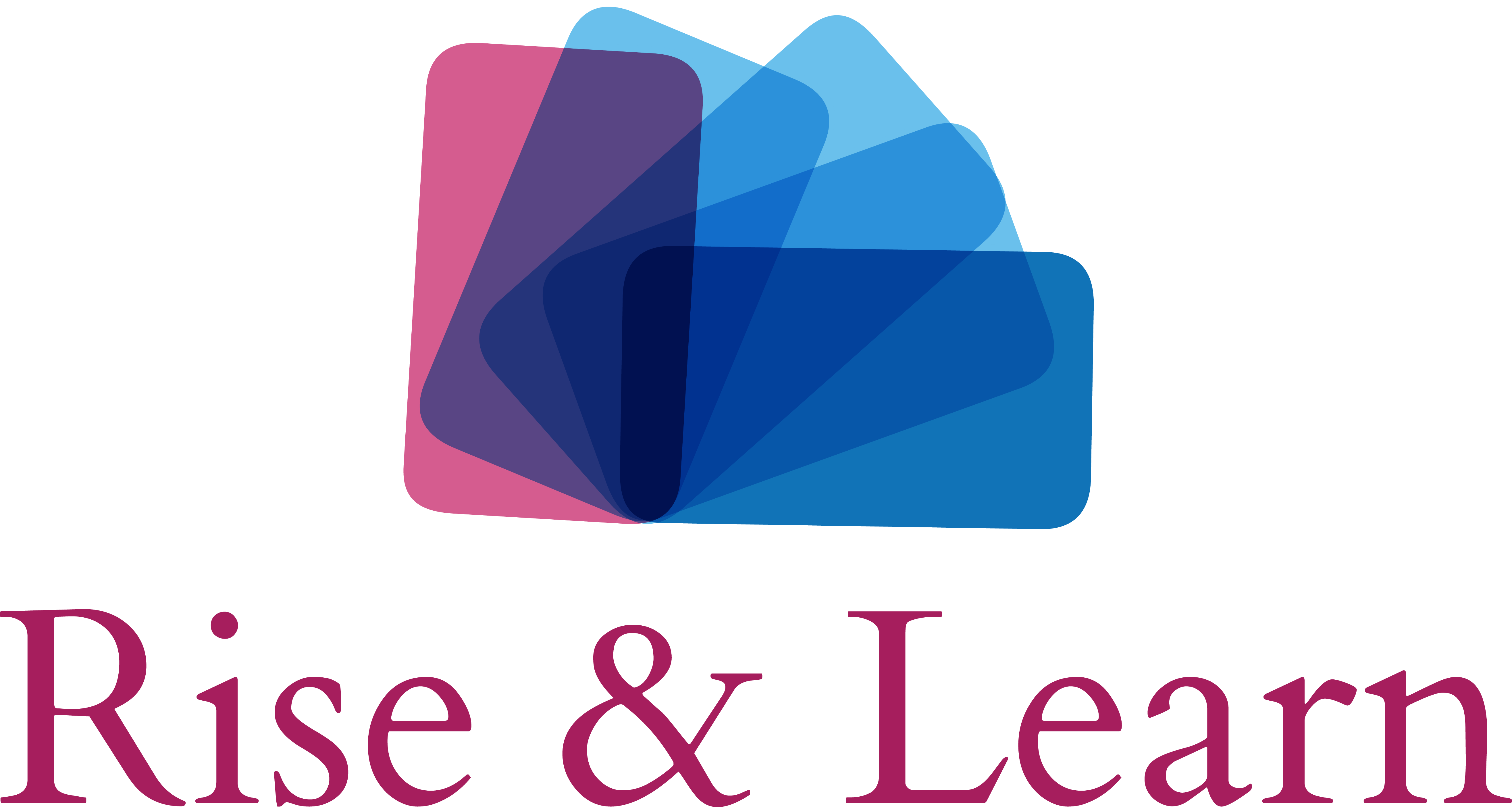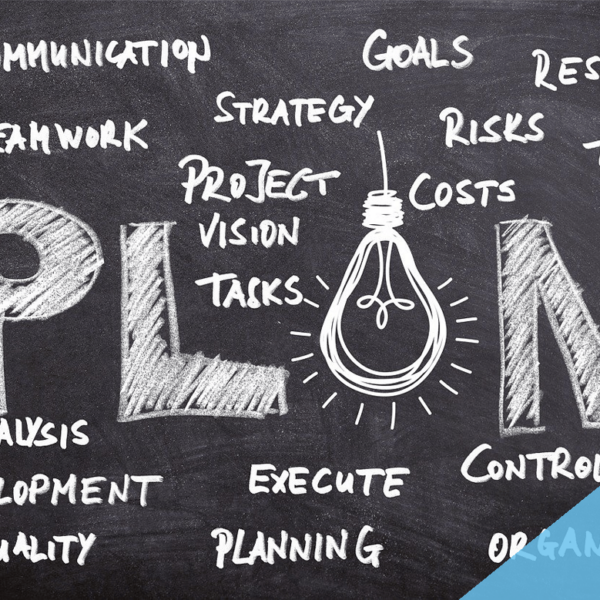Polishing Your Feedback Skills
The ability to give genuinely constructive feedback is vital in the workplace. If you’re a manager and are responsible for developing others, you’ll likely have to inform employees if their performance doesn’t meet the standard required.
This is a delicate situation, and one that requires tact and preparation. But, if done effectively, providing feedback can not only improve performance, but also motivate people and strengthen relationships.
In this course, you’ll learn how to plan a feedback session and how to give feedback in a positive manner. You’ll also learn techniques for handling bad reactions to feedback and your own nervousness, as well as how to give feedback to people at different organizational levels.
0.6 Hours
- Identify how to correctly prepare to give feedback
- Recognize when it’s appropriate to give feedback
- Identify the best practices for giving feedback in a positive way
- Recognize how to manage negative reactions to feedback
- Recognize guidelines for providing appropriate feedback at different levels of the organization
- Identify best practices for dealing with nervousness about giving feedback
- Use techniques to deliver feedback at the best time and in the best way
- Reflect on what you’ve learned
Gaining a Positive Perspective on Feedback
Though it’s invaluable, getting feedback can sometimes be a difficult process. Adopting a positive mindset can make all the difference.
This course will teach you how receiving feedback differs from getting simple praise or criticism. You’ll discover how listening to constructive feedback with a positive mindset can help you to manage your reactions and responses.
You’ll also learn how applying feedback can help your professional growth and self-development
50 Minutes
- Recognize the value of constructive feedback
- Recognize the differences between constructive feedback, praise, and criticism
- Identify how to manage your negative reactions to receiving feedback
- Recognize how to respond appropriately to feedback
- Identify ways of using feedback for professional development
- Use techniques to reap the benefits of feedback
- Reflect on what you’ve learned
Acting with Diplomacy and Tact
People who communicate with diplomacy and tact are able to inspire confidence. Communicating a difficult message can be very challenging, so preparation is key to a successful outcome.
In this course, you’ll learn about developing a diplomatic approach to difficult conversations. You’ll learn how to avoid meltdowns, apologize, develop empathy, and remove personal biases.
0.6 Hours
- Identify examples of the skills of diplomacy and tact
- Identify examples of the methods for developing situational awareness
- Apply the communication skills for avoiding a meltdown in a scenario
- Identify examples of appropriate apologies
- Identify the best strategies for engaging with others instead of focusing on yourself
- Identify and overcome potential personally held biases
- Recognize how to demonstrate and engage others with diplomacy and tact
- Reflect on what you’ve learned
Navigating Challenging Situations with Diplomacy and Tact
You’ll likely face unpleasant situations or tasks at some point in your career. Communicating with diplomacy and tact in these situations can inspire confidence.
In this course, you’ll learn to navigate difficult conversations and situations. You’ll also learn how to communicate a difficult message effectively, write diplomatic and tactful e-mails, and handle angry and manipulative coworkers.
50 Minutes
- Identify strategies for working with a disliked or difficult coworker
- Identify techniques for composing a difficult e-mail with tact and diplomacy
- Identify examples of strategies for dealing with angry individuals
- Apply strategies for dealing with a manipulative individual
- Identify strategies for correcting a boss or client
- Use diplomacy and tact in a difficult situation
- Reflect on what you’ve learned
Facilitating Sustainable Change
Change is a necessary but difficult part of every organization’s work processes.
In this course, you’ll learn about key outputs of a change initiative, how to identify stakeholder groups, and how to evaluate the keys to sustainable change
40 Minutes
- Recognize the key initial outputs of a change initiative
- Recognize the RACI status of stakeholder groups
- Recognize questions used to assess the level of stakeholder discomfort in relation to a proposed change effort
- Recognize questions used to assess the effectiveness of vision of a proposed change
- Sequence steps required to determine and assess the skills needed to support organizational change
- Predict the success of a change effort based on readiness measures
- Determine an organization’s readiness for sustainable change
Moving Forward with Change Planning
Effective planning is key to change management. In this course, you’ll learn how to build change charters and guiding coalitions and interpret stakeholders’ influence and input. You’ll also learn best practices for creating codes of change.
40 Minutes
- Identify the key elements of a change charter
- Determine the level of rigor and type of guiding coalition required for a change project
- Determine a stakeholder’s influence level on a scale of low to high
- Recognize best practices for interpreting stakeholder input into change efforts
- Recognize best practices for facilitating the construction of a collaborative code of change
- Recognize how to plan for successful change
Navigating the WorkpMaking Change Sticklace with Emotional Intelligence
Facing change deployment challenges can help changes succeed long-term.
In this course, you’ll learn how make change more comfortable, communicate change to different groups, and use training and performance management to make change last.
40 Minutes
- Identify which key elements of change need to be communicated to different groups in the organization
- Select strategies for communicating change to different groups
- Employ strategies to make change easier and reduce discomfort
- Recognize how to reinforce skills and make change last
- Leverage performance management methods to make change last
- Use appropriate strategies to sustain planned change











